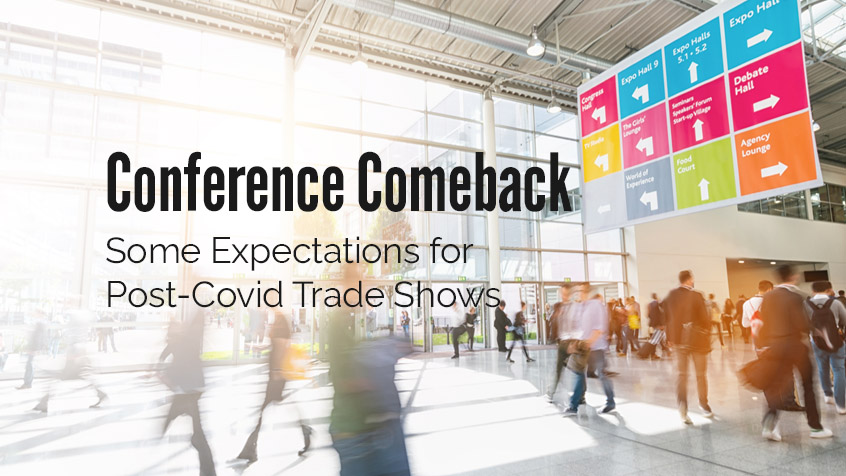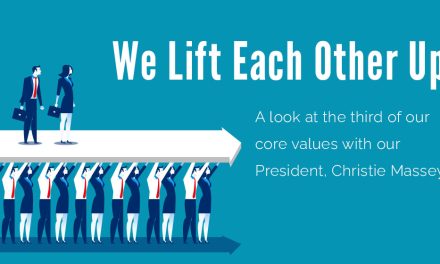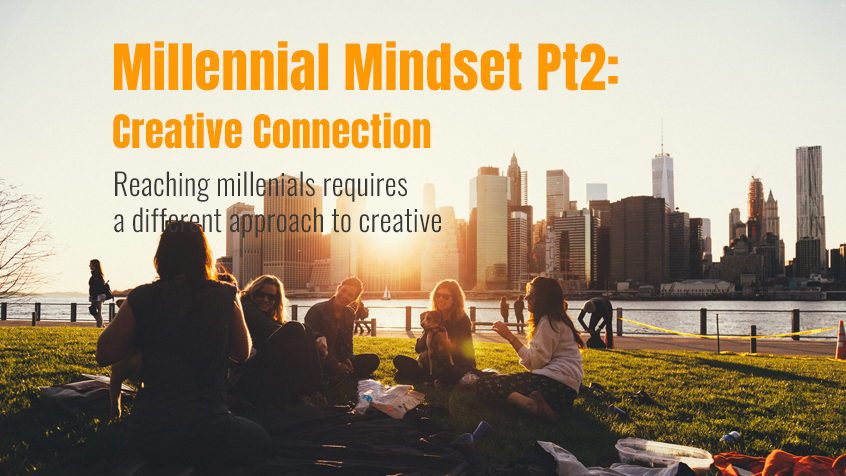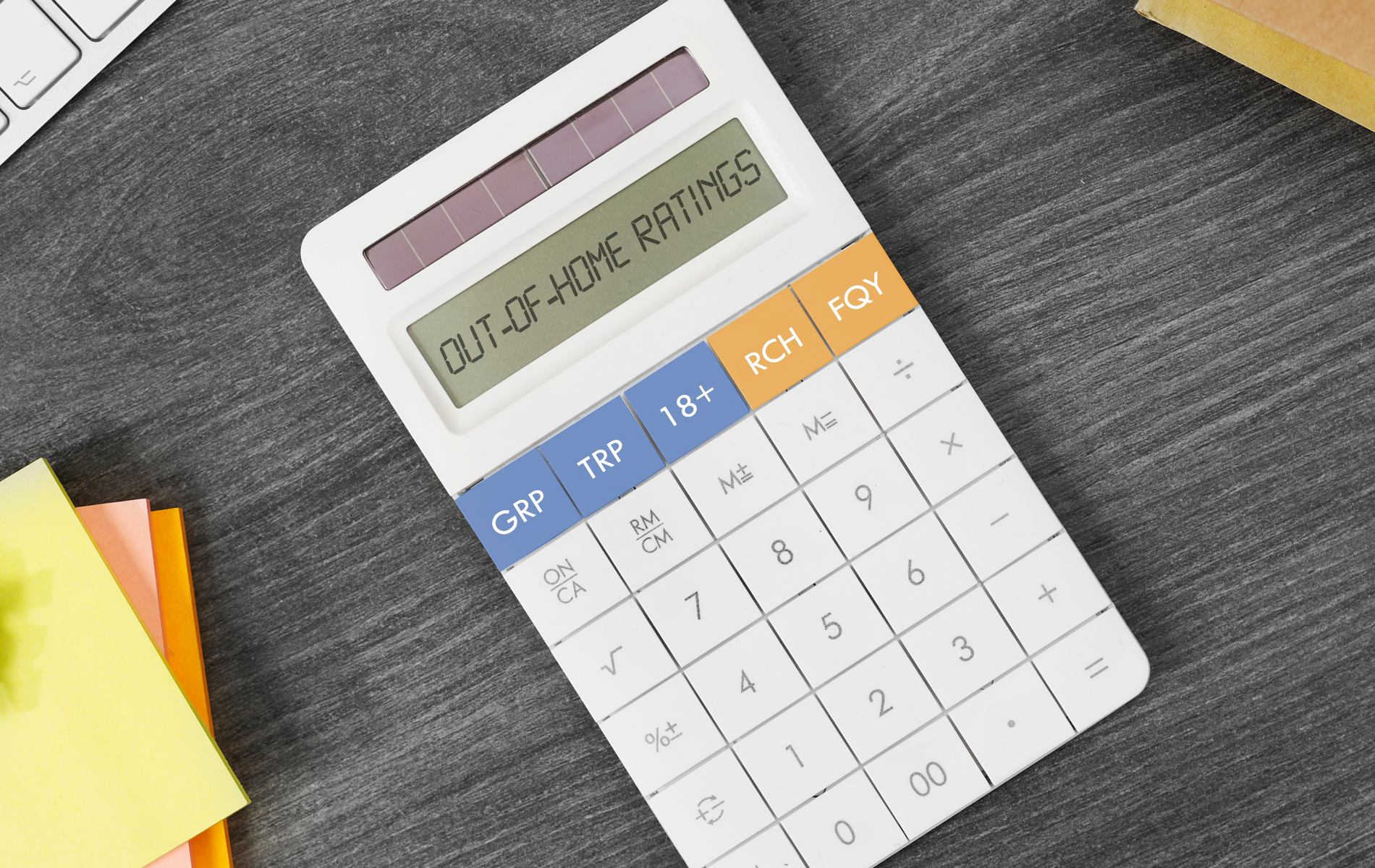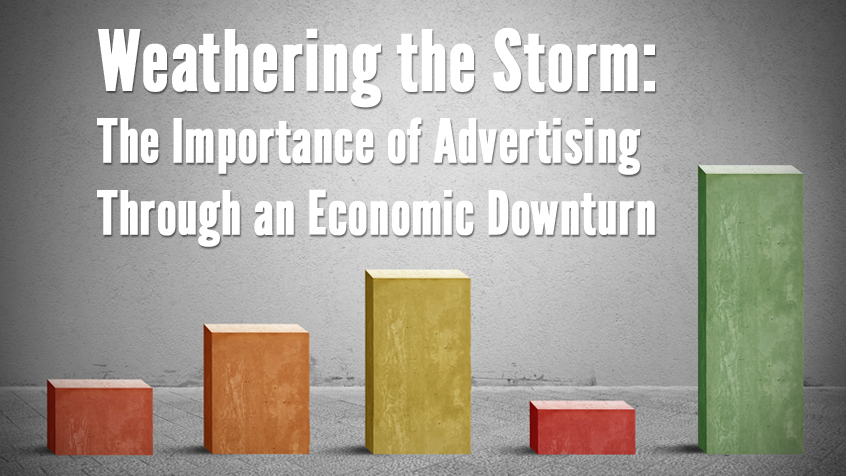For many years the annual trade show, conference or professional meeting has been etched in stone on marketing calendars across the country. These events were critical to attendees and exhibitors alike for the opportunity to learn, engage, network, generate sales, and establish new professional relationships. Trade shows have been so important that for many exhibitors planning for next year’s show begins the moment the team gets back from this year’s show. And then…. 2020!
The global pandemic essentially shut down the trade show industry for well over a year. While there were a few small, scattered events, for the most part attendees and exhibitors had to deal with the loss of these important events, and everything that went with them. Marketing departments scrambled to figure out how to create virtual exhibits, or to create alternatives to the show.
But now, as we begin to see the effects of widespread vaccination and can begin to see a future that returns to something like normal, trade shows are returning as well.
“Freeman, the global leader in events, releases new research this week showing the majority of attendees and exhibitors in the U.S. plan to return to face-to-face events by the fall of 2021. According to the study, 78 percent of attendees expect to attend in-person events in fall 2021, increasing to 94 percent by winter. Exhibitors are slightly more optimistic with 80 percent returning this fall, 95 percent will do so by winter.
Further, 85 percent of respondents say in-person events are irreplaceable because of their ability to drive commerce and networking that creates partnerships and innovation.”
As the shows and attendees begin to come back, there are many things to consider as we move into the new normal. So, what are the expectations for post-Covid trade shows? What are the key factors and concerns that are guiding exhibitors as they consider how and when to return to shows.
Safety is Front and Center for Post-Covid Trade Shows:
For Event Organizations safety is a primary concern. Organizers are going above and beyond to create the safest environment possible with reallocation of space, additional cleaning protocols, touchless experiences, guidelines for attendance and more. As attendees begin to return, the organizations want to ensure they feel as comfortable as possible and have a positive experience.
That said, many companies are looking at their attendance protocols, and choosing to send smaller groups to attend. In a way this is good for the organizations, slightly smaller groups will allow them to road test and optimize their new safety protocols and make sure everything is running smoothly.
This could also benefit the exhibitors as well. Since attendees will be sending smaller contingents, those in attendance are more likely to be people with influence and decision-making authority. In the past approximately 80% of attendees had buying power/influence. This number could easily go up, meaning that exhibitors have a higher chance of engaging with the right people.
Safety protocols will also affect the use of space. With some people struggling with returning to crowded indoor spaces, many shows are setting up outdoor spaces for attendees to take “crowd breaks” if they are feeling overwhelmed. They are also creating outdoor spaces for portions of the event, like breakout session speakers, etc, to take place. They are also spacing out the show floor, which means exhibit space will be at a premium, and booth concepts will need to be extra creative. With many of the expectations for post-Covid trade shows revolving around safety, expect the environments to be physically different.

Expectations for post-Covid trade shows – Virtual vs. In-Person vs. Hybrid:
The idea of the virtual event was not entirely new prior to Covid, but they had not gathered much momentum as they were viewed as a poor substitute for actual human interaction, and the experiences themselves usually left something to be desired.
With the onset of the pandemic however, virtual meetings became a necessity as they were the only way available to have an event. Over the course of a very short time, we saw significant improvements in how virtual events operated, looked, and were experienced by attendees. But these improvements do not come without a cost. While it may seem counterintuitive, virtual shows can be very expensive, and in some ways even more expensive than in-person shows.
While virtual events did fill the emergency gap during the pandemic, even with their improved experiences, there were certain aspects that just don’t translate. Virtual events are fine for the educational aspects of a conference – there’s not much difference between watching a speaker in person or online, aside from the comfort level of being able to watch in sweatpants.
But where virtual shows didn’t provide an adequate substitute was for exhibitors. First, it does not allow for the type of networking that is available in person. A Zoom happy hour will never allow for the same personal connection as standing next to someone and having an impromptu chat. For consumer shows, virtual is virtually impossible. Those shows rely on the ability to display and demo products for potential buyers.
And, for highly specialized fields like the medical industry, where access to gatekeepers and decision makers can be very limited the conferences held an important place. Reaching that specific audience and having one-on-one contact and conversations, in a known environment, related to their field of expertise was irreplaceable.
So, while virtual events did provide a valuable stopgap in a crisis, they lack certain critical aspects that make the conference valuable to everyone. Many meetings will continue to include hybrid elements as they do offer ways to enhance the conference experience for attendees, while opening-up some meeting aspects to those would otherwise not attend or did not have access to attend prior to covid.
In a piece from event organizer Freeman, Mandy Davis-Aitken, Vice President, Meeting Services at American Society of Clinical Oncology (ASCO) said “Our new challenge is to reimagine the meeting experience by taking the best aspects of in-person and virtual meetings and creating a new experience that allows attendees to flow between the two worlds seamlessly. The new digital experience should improve the experience of our onsite attendees while also bringing in previously excluded audiences.”
While some meetings may remain virtual in the short-term, and many may retain hybrid experiences in the future to accommodate a wider audience, it’s clear that the expectations for post-Covid trade shows will be a return to real world meetings as there is value in in-person experiences that cannot be replicated.
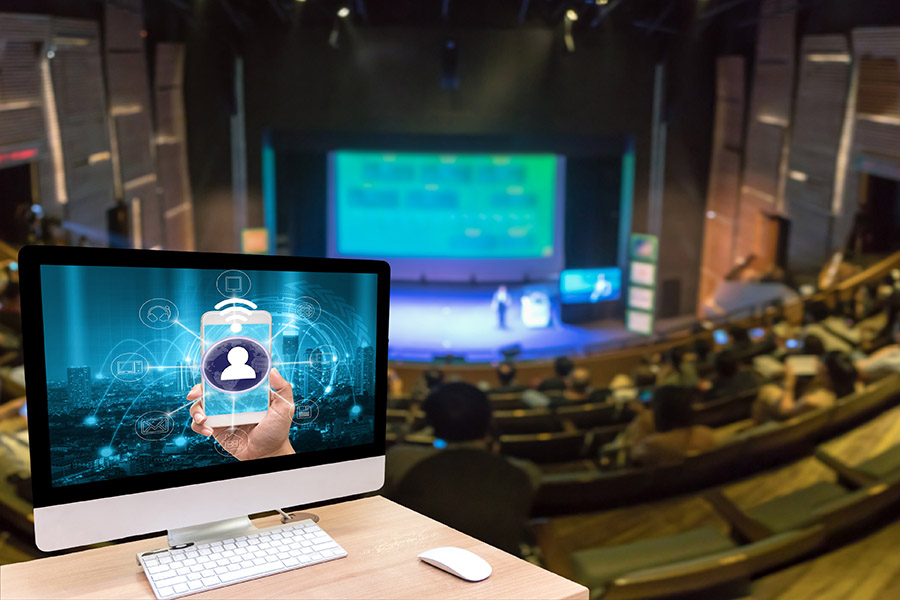
Advertisers will be looking to Trade Shows to help drive recovery:
2020 was a bad year for just about everyone. For many companies 2020 was about surviving and making it through to the other side. Now that we can begin to see the proverbial light at the end of the tunnel, their focus is beginning to shift to recovery. And they have a lot of catching up to do.
Like everyone else, exhibitors are playing catch-up, and for many exhibitor’s trade shows and conferences are key revenue generating events. That’s why so much attention is paid to the events, and so much time and energy is expended in planning for them. For those companies where yearly meetings are critical, they often took a double hit – general losses from the pandemic, as well as the loss of their key revenue generating event. As exhibitors begin to return this is driving a desire to make a big impression at the show. Whether that is through their booth, their swag, outside events or sponsorships exhibitors are focused on standing out this year. Partly to attract clients, but also partly bolster client confidence by saying – “look, we are still here and thriving”.
The sales aspect is certainly an important driver for this, but so too is the ability to create new contacts. Setting up future meetings with potential clients can be just as valuable as the actual sales. So exhibitors are paying close attention to how they will be capturing leads and data at their show. While hard costs for exhibits and staff are important, more attention is being paid to lead capture than ever before. The expectations for post-Covid trade shows will be that they will need to exceed their pre-pandemic value to help companies catch up.
Long-time industry leader, Chris Griffin, Business leader of CrewXP, and Vice President of the Executive Committee for the EDPA (Experiential Designers and Producers association) states in a recent article, “Recovery is under way and that’s a great thing”. Right now, shows are happening, and happening more frequently. Something we didn’t see a year ago. Attendees want to return as there is a pent-up demand for interaction. It’s important for companies to gauge participation and attendance levels to ensure they can get a return on their investment.”
And they will be looking to Trade Shows to keep from falling further behind:
While some companies may still have reservations about exhibiting – be it safety concerns, costs concern, doubts about the value of exhibiting – many of those doubts are being overridden by one important thought: What if we “miss out?”.
For many exhibitors this is a critical window of opportunity to demonstrate brand health and viability, as well as to kick start sales and rekindle client relationships. But behind that is also the fear of how they will appear if their competitors exhibit, and they don’t. The “what if” factor is driving many exhibitors decision to attend, lest the competition scoop up the lions share of the market, while they stand idly on the sidelines.
At a critical rebuilding juncture like the current economic environment falling behind your competition is even more dangerous than ever, and exhibitors are taking that into consideration. This not only applies to companies, but to employees as well. No on wants to be the person that must face the CEO and explain why their competitor just owned the most important show of the year, with no competition.
Attendees also have personal expectations for post-Covid trade shows:
For attendees the return to trade shows and conferences has both professional and personal ramifications. They provide an opportunity to reconnect with professional colleagues that they have not seen in a long time, and to engage in in-person learning about what is happening in their field. They miss the spark that can only come from spontaneous, accidental interactions, and those don’t happen in Zoom meetings.
But attending meetings is also providing a personal benefit as well. Many attendees are taking advantage of the events as doubling as recreational travel. There is an enormous amount of pent-up desire to travel in the U.S. right now, and people are looking for any chance to get away. Trade shows and conventions offer just that – stay a few extra days, bring your family in, and make a vacation out of it.
What does this mean for the future of Trade Shows?
It’s clear that conferences and events have suffered through probably their worst year on record. They have, by necessity changed, drastically with the introduction of virtual and hybrid events. And while it seems clear that we may never go back to exactly the way things were before, we will be going back.
And with that, exhibitors and attendees will be going back to something new, and possibly even better, The pandemic has forced organizations to take a long look at how they are serving their members, how they benefit from these yearly events, and how the events can be changed to make them even better. The expectations for post-Covid trade shows will be higher than ever as companies try to balance safety vs business needs and make the most of these critical events.

